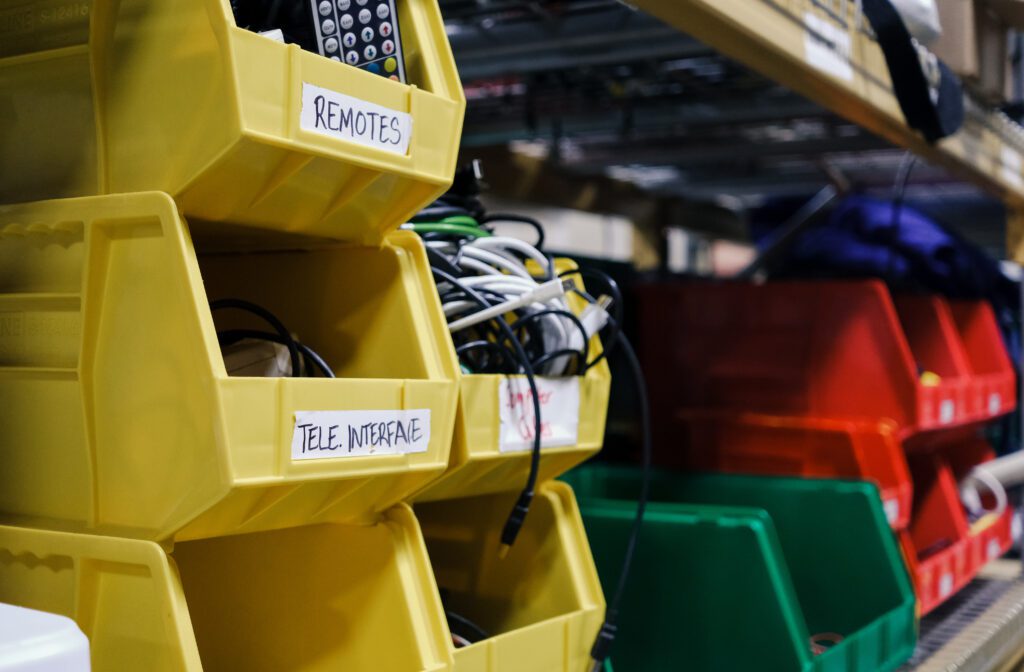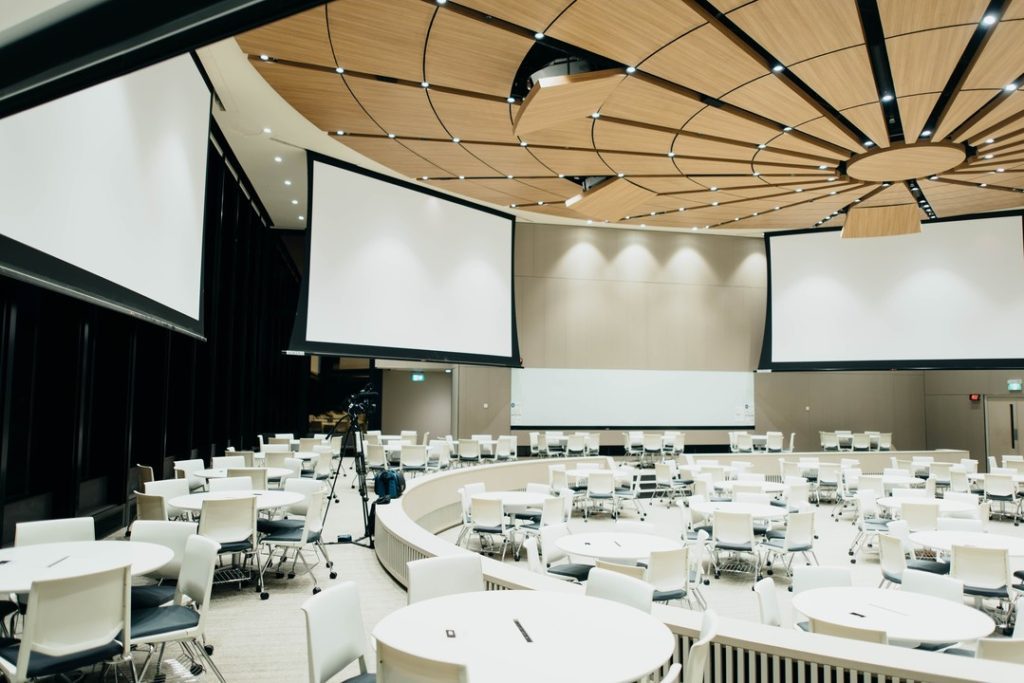As the physical boundaries of our traditional workspaces dissolve, the right audiovisual (AV) equipment becomes essential for maintaining a high level of collaboration and efficiency, and the tools we choose can make the difference between productivity and chaos.
We continue to observe first-hand the critical role that AV technology plays in enhancing productivity and collaboration for remote teams. Here, we’re going to share some insights into some of the most essential AV tools that can help remote workers achieve optimum performance and efficiency:
1: High-Quality Cameras
The cornerstone of effective remote communication is the ability to clearly convey expressions and non-verbal cues. High-quality cameras ensure that video calls are not just functional but provide a simulated in-person experience. Look for cameras that offer at least 1080p resolution and features like auto-focus and light correction – these enhancements can significantly improve visibility and interaction quality, making your meetings more engaging and productive.
2: Professional Audio Equipment
Audio clarity is non-negotiable. Background noise and poor audio quality can disrupt meetings and affect the overall communication experience for your remote staff. Investing in professional-grade microphones and noise-canceling headphones can vastly improve audio input and output – ensuring that every participant can hear and be heard clearly, minimizing miscommunications and the need for repetitive clarifications.
3: Robust Conferencing Platforms
A reliable conferencing platform is the backbone of remote collaboration. These platforms should not only facilitate video and audio calls but also offer features like screen sharing, real-time file sharing and collaborative whiteboards. Platforms such as Zoom, Microsoft Teams, and Google Meet have become popular not just for their basic functionalities but for their enterprise-grade security and integration capabilities, features which are crucial for safeguarding company data and improving workflows.
4: Streaming and Content Creation Software
For roles that involve content creation, software tools that enable high-quality streaming and video editing are invaluable. Tools like OBS Studio for live streaming and Adobe Premiere Pro for video editing allow your employees to produce and share high-quality visual content at a professional level. These tools can be instrumental for marketing teams, creatives, and educators who rely on visual content to engage their audience.
5: Lighting Solutions
Proper lighting can dramatically improve the quality of video calls and presentations. Soft, natural light is always preferred, but in its absence, investing in ring lights or softbox lights can create a professional visual setting. This not only enhances video quality but also reduces eye strain and improves the overall appearance of the workspace in video backgrounds.
6: Collaboration and Project Management Tools
While they may not seem AV-related at first glance, digital collaboration tools like Asana, Slack, and Trello enhance interactions all around by keeping teams organized and aligned on their tasks and objectives. These tools can integrate seamlessly with other AV platforms, enabling teams to maintain continuity and efficiency in their projects regardless of their physical locations.
7: Secure Connectivity Solutions
The effectiveness of all AV tools hinges on robust and secure internet connectivity. VPNs and secure Wi-Fi networks ensure that remote workers can connect safely to their company’s systems without the threat of data breaches. Additionally, ensuring sufficient bandwidth and using network management tools can help maintain smooth and uninterrupted audiovisual communications.
As remote work continues to define our future, the demand for advanced AV tools that facilitate seamless and productive communication will only grow. For business leaders, investing in these tools is not merely about maintaining operations; it’s about enhancing them, promoting a culture of collaboration, and driving innovation in a distributed work environment. Equip your teams with the right tools and watch as they transform challenges into opportunities for growth and success.



